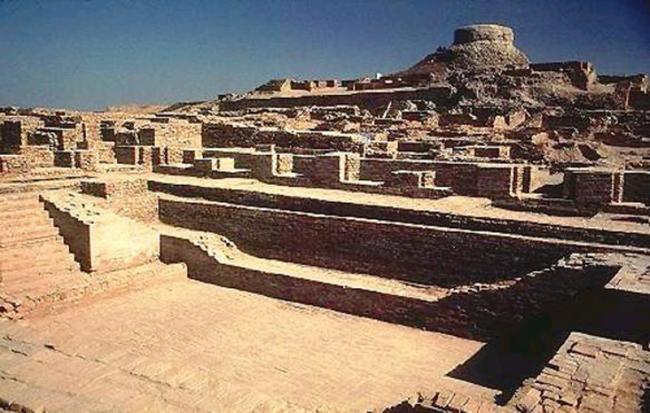
900 years long dry phase ended civilization in Indus Valley, says IIT KGP Research
Kharagpur, Apr 16 (IBNS): Researchers from the Dept. of Geology & Geophysics at IIT Kharagpur have reported a new finding on the disappearance of the Indus valley civilization (IVC).
A team led by Anil K. Gupta from the Institute has observed a drought-like phase for a period of 900 years which led to reduction in water supply and causing mass migration of the people to other regions in India.
IVC was the most widespread among the ancient civilizations, covering an area about 1.5 million sq km, in modern India, Pakistan, Baluchistan and Afghanistan.
It had well developed infrastructure, architecture, metallurgy and trade and cultural ties with other concurrent civilizations in the world. Around 4200 years before present, the population of the IVC abandoned its major village and urban settlements near Indus River including Harappa and Mohendojaro and started migration into Ganga-Yamuna plains.
Diverse theories have been developed and debated over decades, for the displacement such as droughts, destruction by megafloods and foreign invasions etc.
No good explanation responsible for the migration of such an advanced society, however, was available until now.
Prof. Gupta from IIT KGP along with his team members from the Wadia Institute of Himalayan Geology, Dehradun and Institute of Estuarine and Coastal Research, Shanghai, China carried out a study from the Tso Moriri Lake, situated in the Ladakh region of the Indian state of Jammu and Kashmir.
The study showed that around 4350 years before present, the Indian summer monsoon became very weak under influence of strong El Niño activity and southward migration of the Inter-tropical convergence zone. This decreased the moisture transport and in turn the snow deposition in northwest Himalaya, which have been a major source of water supply in the Indus River and its tributaries thus affecting agriculture production.
Drought however does not mean absence of rainfall or river water supply but a reduction thereof gradually turning the region into an arid zone. Such phases of climate change could be cyclical over a period of time stretching over millennia.
“They might have tried to adapt to the situation but this arid phase continued for more than 900 years. Therefore, in the search of better water availability for their agriculture and animal husbandry, which were the major occupations for the people of IVC, they had to migrate to south and eastward regions in India, which were in more influence of the Indian summer monsoon” explained Prof. Gupta.
The study gives a fair idea of effects of long-term effect of climate change on human settlements. A paper on this study has been accepted by Elsevier’s Quaternary International Journal.
Image: Wikimedia Commons
Support Our Journalism
We cannot do without you.. your contribution supports unbiased journalism
IBNS is not driven by any ism- not wokeism, not racism, not skewed secularism, not hyper right-wing or left liberal ideals, nor by any hardline religious beliefs or hyper nationalism. We want to serve you good old objective news, as they are. We do not judge or preach. We let people decide for themselves. We only try to present factual and well-sourced news.







